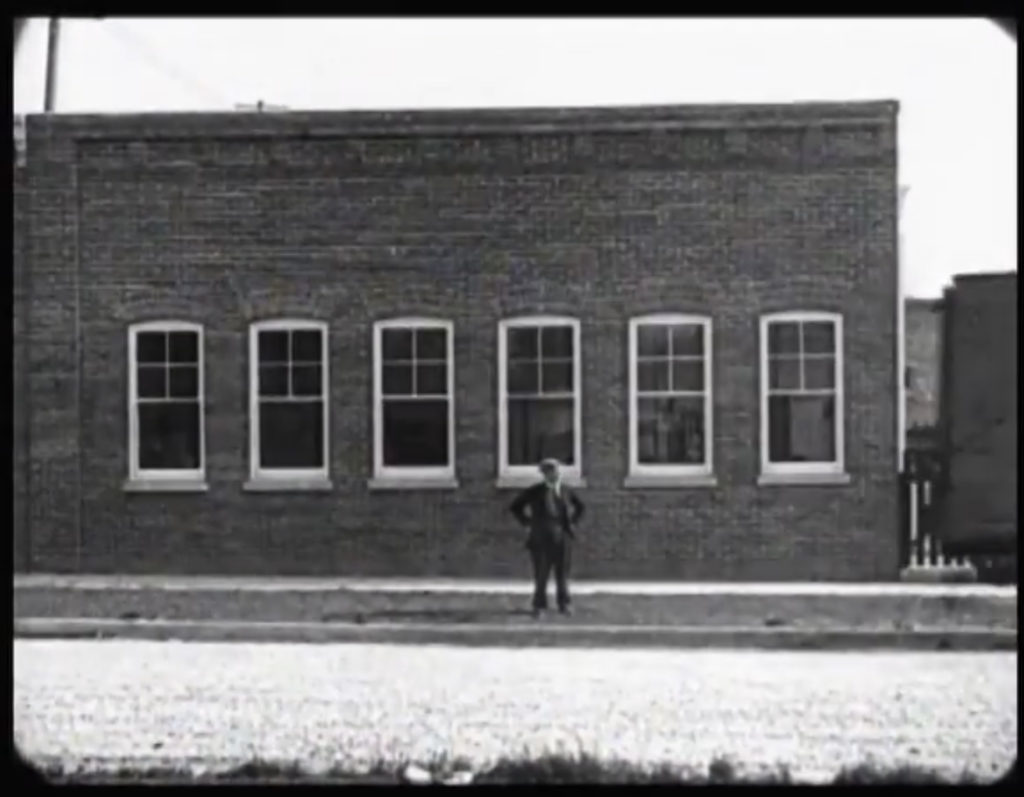
Some years ago, I made a project of deconstructing Buster Keaton’s The Goat (1921) in a series of undercranking studies that I posted to YouTube. In one of the segments, I’d pointed out a moment where an elision of time occurs through a very tidy edit, one where the sleight-of-hand of the undercranking speed-up in silent comedy was not possible.
Jonathan Lyons, whose excellent blog is Comedy for Animators, had been following my posts and had been in touch with me about the similarities in comedy animation and the way silent film comedians employed the speed-up of silent film to their advantage in gag creation. One of his posts included some of my other undercranking studies.
After I’d uploaded my studies on The Goat, Jonathan wrote me about a post he’d done that showed that Keaton had used this bit of time-elision, removing a few frames in the middle of an action to accelerate the impact of an action. Sometimes a hit, sometimes, a jump or a fall. As an animator you’d just skip drawing those frames (in the practice of hand-drawn animation, anyway), but Keaton and his editors took the scene as is and then carefully excised maybe 4 to 6 frames to speed up a fraction of a second of action.
One or two people have posted comments on my YouTube video or on FB when I’ve shared it there rejecting the idea, that it was merely missing film owing to a break in a print decades ago. But the use of it that Keaton makes is too tidy, and it’s what makes the moment a gag, and I’m pretty sure I’m right about this. Lyons’ examination of Keaton’s other uses of this bears this out.
My shot-by-shot undercranking deconstruction of Keaton’s The Goat is below. I’ve done all of reel one and some of reel two, and really need to finish it one of these days…